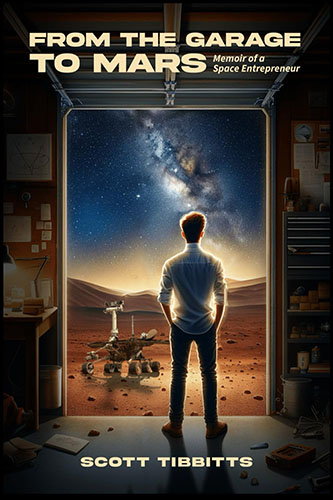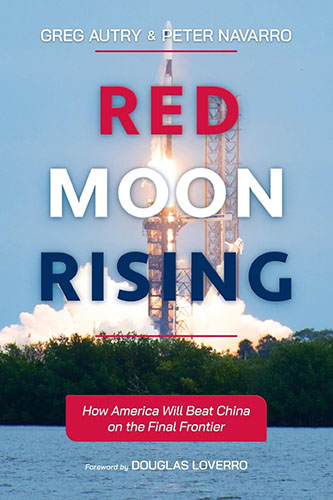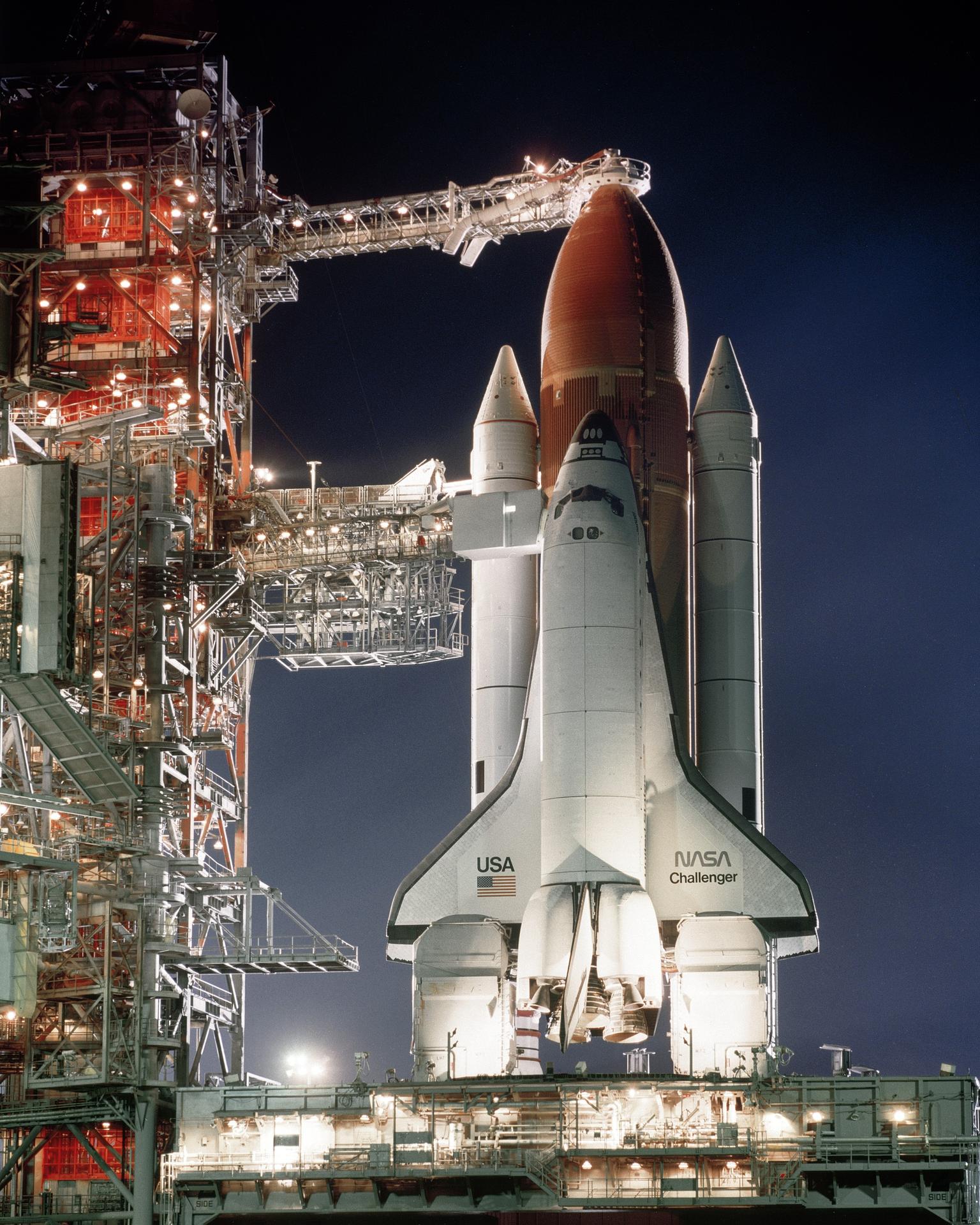
Book Review: From the Garage to Mars
Category: Nonfiction Reviewed by: Susan Raizer Title: From the Garage to Mars: Memoir of a Space Entrepreneur Author: Scott Tibbitts
Welcome to the NSS blog. Feel free to comment on any post (comments are moderated so won’t show up immediately). Contributors to the NSS Blog are unpaid volunteers. Unless specifically labeled an NSS position or press release, all blog posts represent the views of the author and not of NSS, even if written by an NSS officer.
By Robin Scott For the NSS Iowa August 22 Chapter meeting, Daniel Hoy, NSS Iowa Chapter Treasurer and NASA JPL Solar System Ambassador volunteer, led
The National Space Society (NSS) congratulates NASA, the Canadian Space Agency, the European Space Agency, and Arianespace for the successful launch of the James Webb
If you are on or near the centerline of the path of totality during the solar eclipse on August 21, 2017, you are able to
We, the members of the National Space Society, believe exploring the unknown is one of the things that drives our vision of “people living and
Video on NASA’s New Horizons Mission Gets a Million Views in a Week; This Extended Director’s Cut Version Dropped Today on YouTube This extended version
NASA’s Hubble Space Telescope has observed water vapor above the frigid south polar region of Jupiter’s moon Europa, providing the first strong evidence of water
A new NASA outreach project will enlist the help of amateur astronomers to discover near-Earth objects (NEOs) and study their characteristics. NEOs are asteroids with
There is an average of more than one planet per star in the Milky Way Image Credit: NASA / ESA / ESO With the forthcoming
Humanity’s most complex ground-based astronomy observatory, the Atacama Large Millimeter/submillimeter Array (ALMA), has officially opened for astronomers at its 16,500-feet elevation site in northern Chile.
High definition versions of this video are available on the NASA Jet Propulsion Laboratory website.

Category: Nonfiction Reviewed by: Susan Raizer Title: From the Garage to Mars: Memoir of a Space Entrepreneur Author: Scott Tibbitts

Category: Nonfiction Reviewed by Clifford R. McMurray Title: Red Moon Rising: How America Will Beat China on the Final Frontier

Category: Nonfiction Reviewed by: Susan Raizer Title: Sharing Space: An Astronaut’s Guide to Mission, Wonder, and Making Change Author: Cady

Two new books shed light on the vulnerability of space launches to technology and human decision-making. Challenger: A True Story
Image of Kalpana One space settlement courtesy Bryan Versteeg, spacehabs.com $32,000 in Cash Awards Given for Best Space-Related Business Plans — Deadline March 1, 2024
Category: Nonfiction Reviewed by: John J. Vester Title: Nuclear Rockets: To the Moon and Mars Author: Manfred “Dutch” von Ehrenfried Format: Paperback/Kindle Pages: 270 Publisher:
Partially Successful Flight Reached Space and Demonstrated New “Hot Staging” System The National Space Society congratulates SpaceX on the second test of its Starship/Super Heavy
Ad Astra, the NSS quarterly print, digital, and audio magazine, has won a 2023 MARCOM Gold Award. The awards are given yearly for “Excellence in
By Jennifer Muntz, NSS Member Coordinator On October 10th, an inspiring breakfast event took flight at the Center for Space Education at the Kennedy Space
By Grant Henriksen NSS Policy Committee Benefit sharing is a concept that refers to the distribution of benefits derived from the exploration and use of
People residing and working in space, space settlements, or on long-duration space flights will need to produce infrastructures and food to maintain healthy lifestyles. The
Image: Artist’s concept of the Blue Moon lander. Credit: Blue Origin. Second Human Landing System Contract Encourages Competition and Innovation The National Space Society congratulates